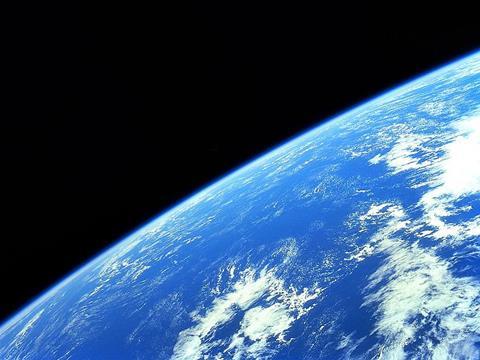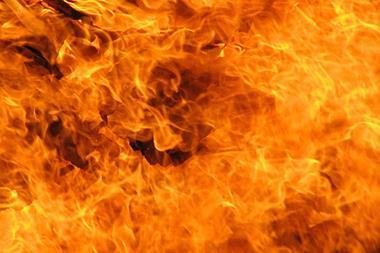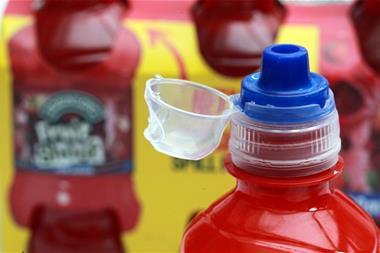Satellites at risk as more than 35 million pieces of space junk orbit Earth

Millions of defunct objects left to orbit the Earth pose a real and serious threat to functioning satellites and future space missions.
A new report by Allianz Global Corporate & Specialty (AGCS), titled Space Risks: A new generation of challenges, has highlighted the risks posed by ‘space junk’ and stressed the need for its removal.
“The space around our planet is becoming increasingly congested,” says Thierry Colliot, Managing Director of Space Insurance at AGCS. “Today, the space debris situation has become irreversible. The number of objects is now so high that it won’t decay on its own through atmospheric drag. Instead, it’s actually increasing as objects collide and produce fragments, which in turn collide in a runaway chain reaction.”
The report finds that the 800 or so functioning satellites which provide geographical data, weather information or telecommunication services, are threatened by an astronomical amount of debris.
16,000 objects larger than 10 cm, 300,000 objects between 1 and 10 cm, and around 35 million objects smaller than 1 cm have been catalogued so far.
Because these objects travel at velocities of 10 km per second – more than 10 times faster than a bullet – even the tiniest of fragments can have a devastating impact should they collide with a fully-operational satellite.
The report said the problem was now of such a scale natural deorbiting alone would not fix it, and welcomed research into ways to eliminate or remove debris.
However, Colliot warned that “at this stage, because of the high cost involved and technological restraints, we have not yet seen a real breakthrough”.
About a quarter of all operational satellites in the Earth’s orbit are insured against losses from physical damage, as well as service interruption. In terms of cost efficiency, the report made it clear that insurance would likely continue to play an important role for commercial satellite operators for the foreseeable future.














No comments yet